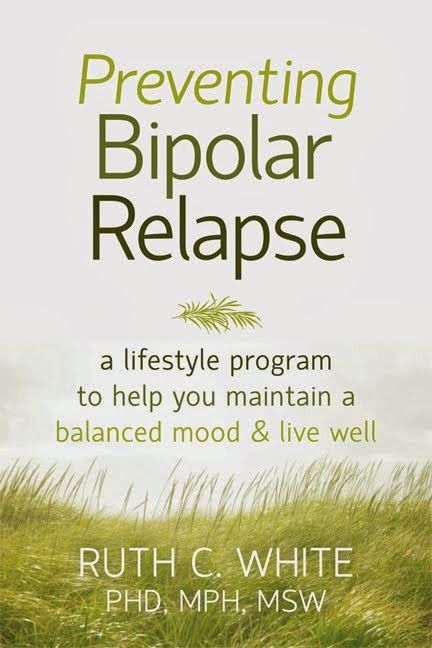I don't know much about blog protocol but I do know that in the traditional world of publishing, there are times when popular articles get republished. So as we head into the dark days of winter I thought I would re-post an entry from September 2010 with the addition of a study from Finland which came out in 2010.
This study tested people diagnosed with bipolar disorder and their first-degree (immediate family) relatives and found that variations in mood and behavior tended to run in families and influenced performance on a neuropsychological tests that tested working memory, verbal fluency, executive functioning, auditory attention among others.
Rajajarvi et al (2010). The effects of seasons and seasonal variation on neuropsychological test performance in patients with bipolar 1 disorder and their first-degree relatives. Journal of Affective Disorders, 127(1-3), 58-65.
The original post is below.
As fall approaches many people living with bipolar disorder find that the changes in light/dark influence their mood. So I reviewed the literature for a sample of studies on the topic. Not much has been written lately on the topic but there seems to be inconclusive evidence about the influence of seasons and climate on the moods of people living with bipolar disorder. For a small sample of the research in this area, see below:
Using observations were provided by patients from different geographic locations in North and South America, Europe and Australia a recent study conducted by numerous researchers around the world found no relationship between moods in people living with bipolar disorder and seasons, latitude or climate.
Bauer et al (2009). Relationship among latitude, climate, season and self-reported mood in bipolar disorder. Journal of Affective Disorders, Vol 116(1-2), pp. 152-157.
In a large study of lithium serum levels measured between January 1995 and July 2004 in 3 large teaching hospitals in the Netherlands, there was a significant difference found in average lithium serum levels across seasons, with summer being the highest and winter being the lowest. However, these differences were too small to impact the therapeutic impact of lithium. Temperature variations followed the same pattern.
Wilting et al. (2007). The impact of environmental temperature on lithium serum levels. Bipolar Disorders, Vol 9(6), pp. 603-608.
As part of the ongoing STEP-BD (Systematic Treatment Enhancement Program for Bipolar Disorder), there was a study of seasonal and regional effects on people living with Bipolar Disorder I and II. Results showed that study participants who lived in northern areas were more likely to be depressed. Bipolar II patients were more ill year-round than were patients with Bipolar I and had greater monthly fluctuations in illness rates that patients with Bipolar I.
Friedman et al. (2006). Seasonal changes in clinical status in bipolar disorder: A prospective study in 1000 STEP-BD patients. Acta Psychiatrica Scandinavica, Vol 113(6), pp. 510-517.
Subscribe to:
Post Comments (Atom)





I’ve been browsing online more than 2 hours today, yet I never found any interesting article like yours. It’s pretty worth enough for me. In my view, if all webmasters and bloggers made good content as you did, the
ReplyDeleteinternet will be much more useful than ever before.
Tukak Lambung
Obat Herbal Kanker Paru-Paru
Obat Kanker Serviks
Obat Pengapuran Tulang Sendi Herbal
Obat Takikardia
Sharing Bagi anda yang sedang mencari Rangka Atap Baja Ringan di Jakarta, Baik di wilayah Jakarta pusat, Jakarta Barat, Jakarta Utara, Jakarta Timur, Jakarta Selatan. jadi anda tidak usah bingung lagi jika ingin memasang baja ringan dan mencari harga termurah di wilayah jakarta dan sekitarnya.
ReplyDeletekarena kamilah jawaban dari kebingungan yang anda rasakan.
Kanopi Baja Ringan Bekasi